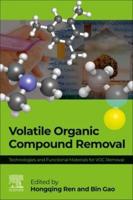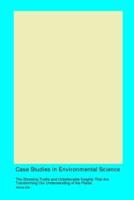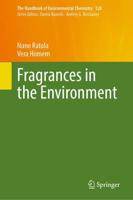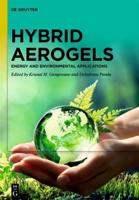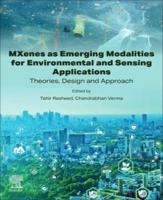Publisher's Synopsis
Significant losses in fire suppression effectiveness and increases in toxicity are possible if a fire extinguishing agent degrades during multi-year storage. Halon 1301 is known to be stable in metal containers for many years, and any trace degradation products do not affect its fire suppression effectiveness. For candidate replacement agents, comparable data are needed, reflecting the storage conditions of elevated temperature and pressure. The storage environment fosters conditions which may have an adverse effect on the stability of halon replacements. Stored chemicals may engage in oxidation-reduction reactions, hydrolysis, and other corrosive interactions with metal cylinders. They are also subject to unimolecular decomposition and attack by reactive impurities in the agent. Water and oxygen, for example, will sorb to surfaces of cylinders and transfer lines and can never be completely excluded. These sources of instability, along with the possibility of catalytic interactions with the cylinder walls, can promote the evolution of undesirable products and a concomitant loss of fire suppression effectiveness. Toxicity and corrosiveness are particularly important concerns with respect to halogenated compounds, due to the tendency to librate hydrogen halide in the process of degradation. This report gives the details of the test procedure and a comparison of agent absorbance band areas from low concentration spectra. Also, presented are a comparison of absorbance bands in high density spectra for impurities present in the agents or produced as a result of degradation. These data provide a quantification of any degradation of the agents during long-term storage.


